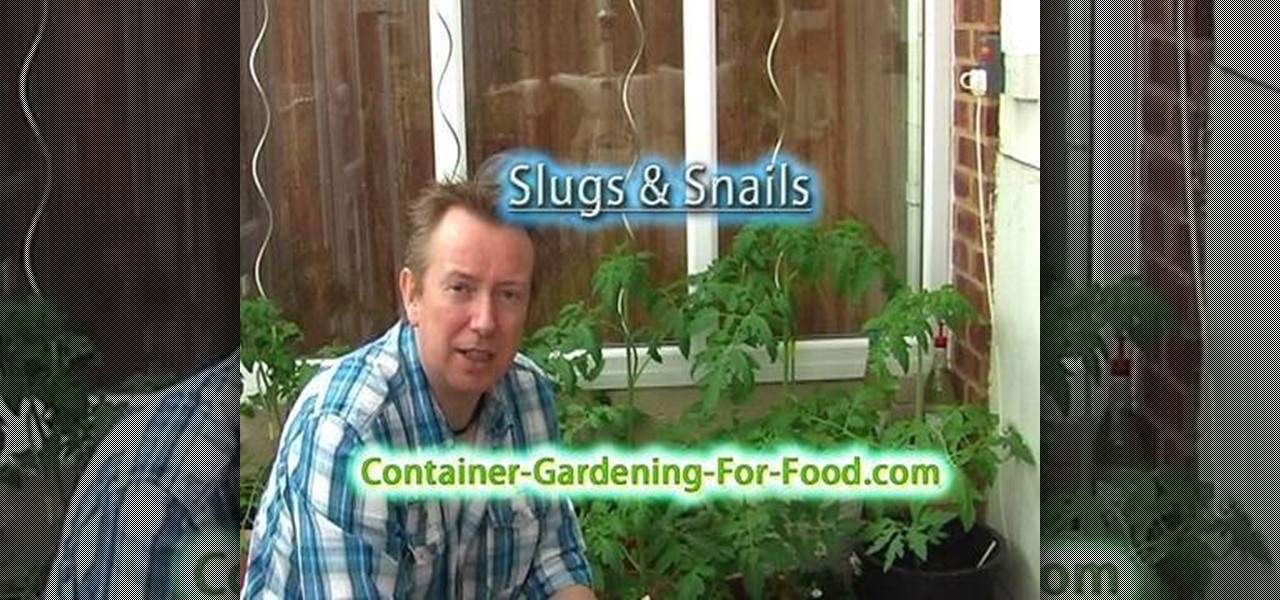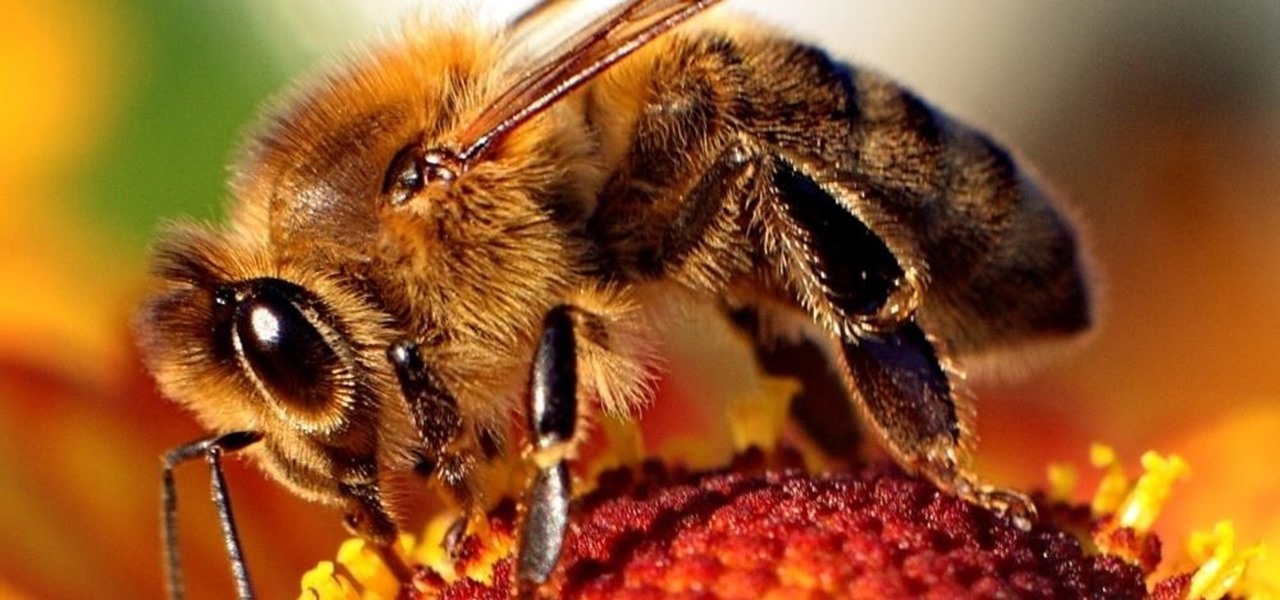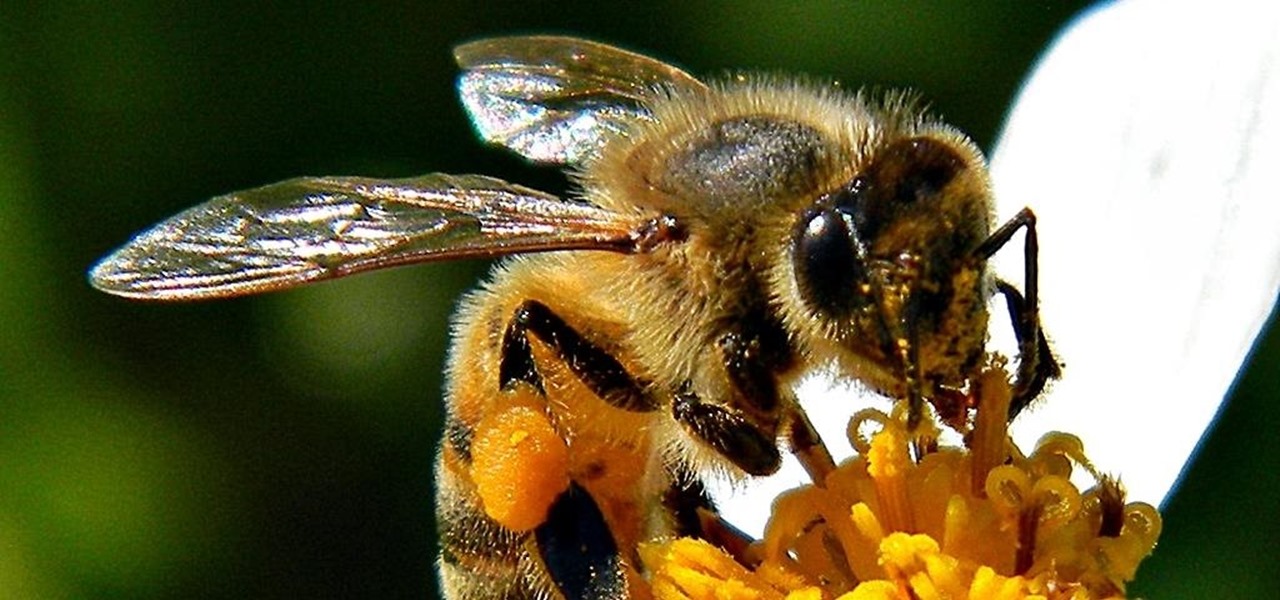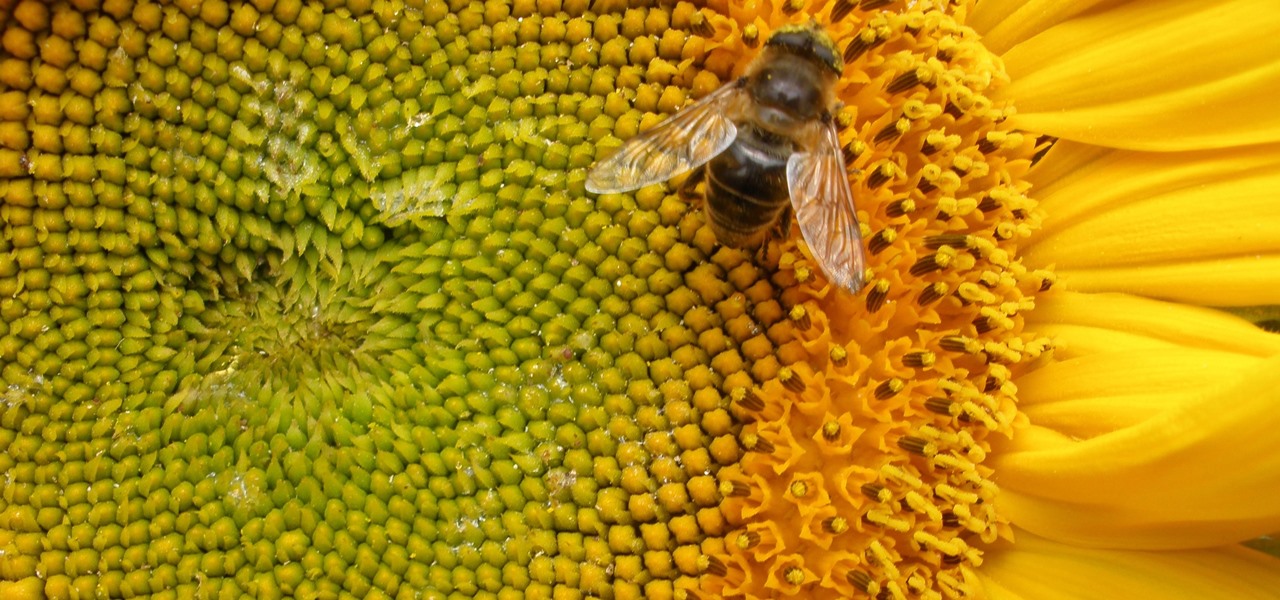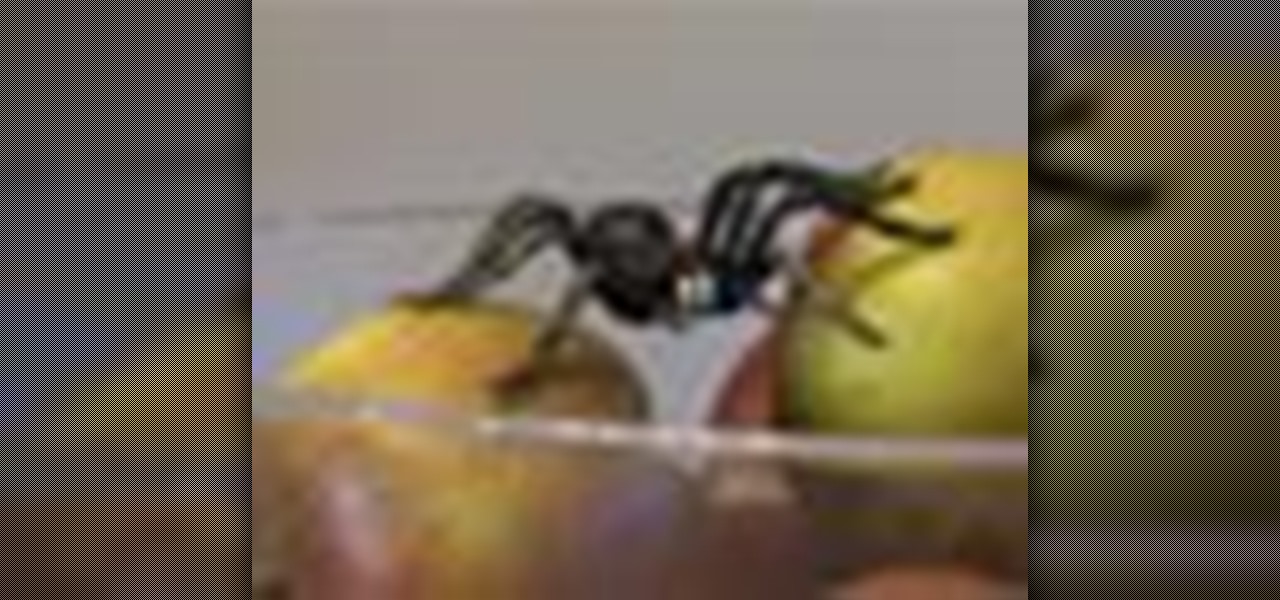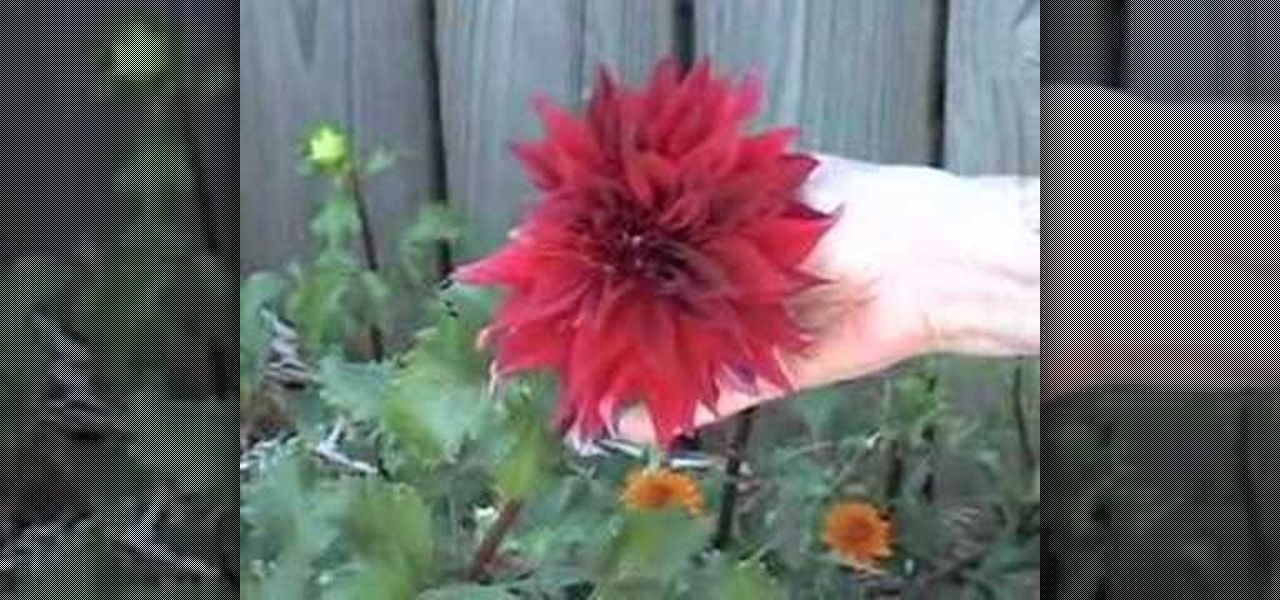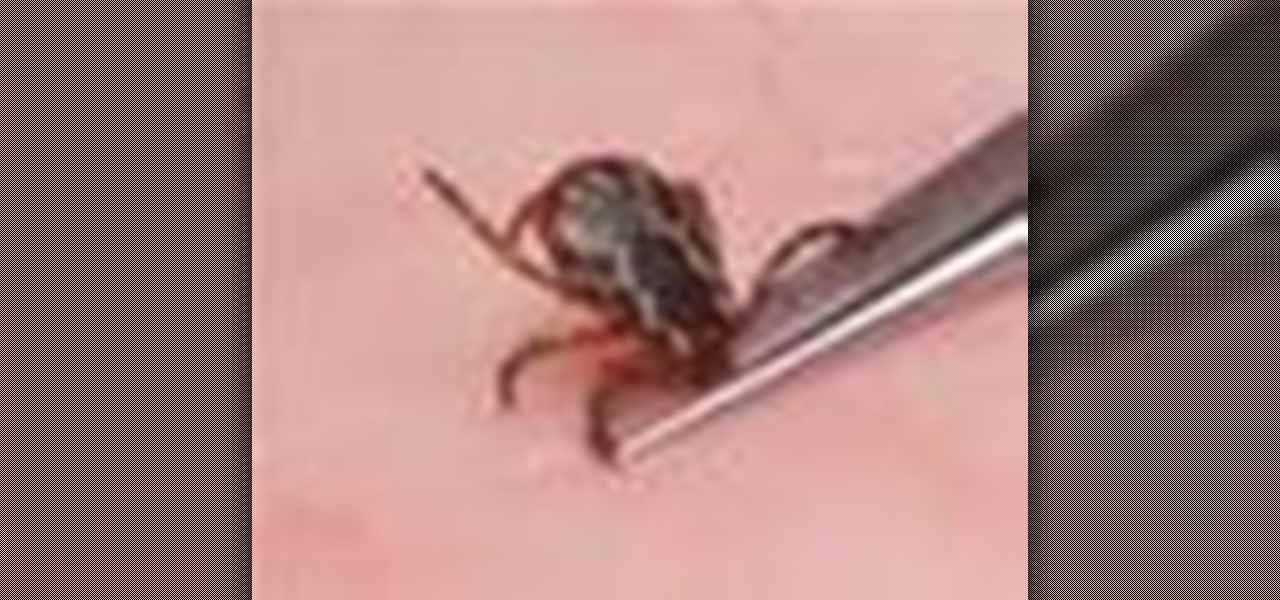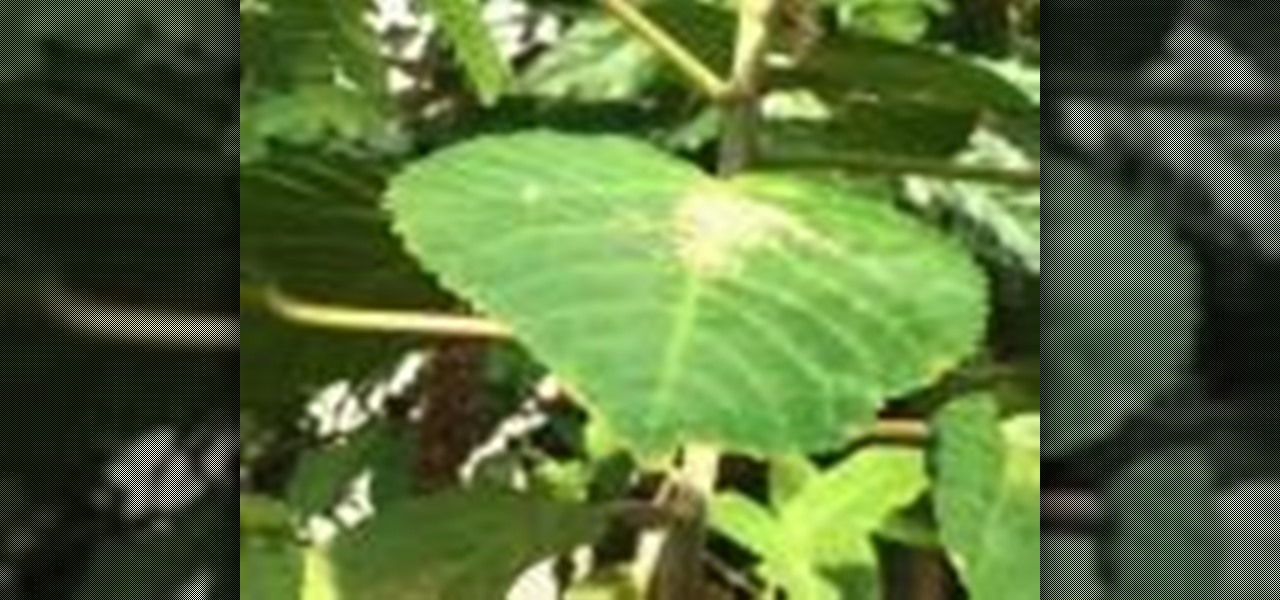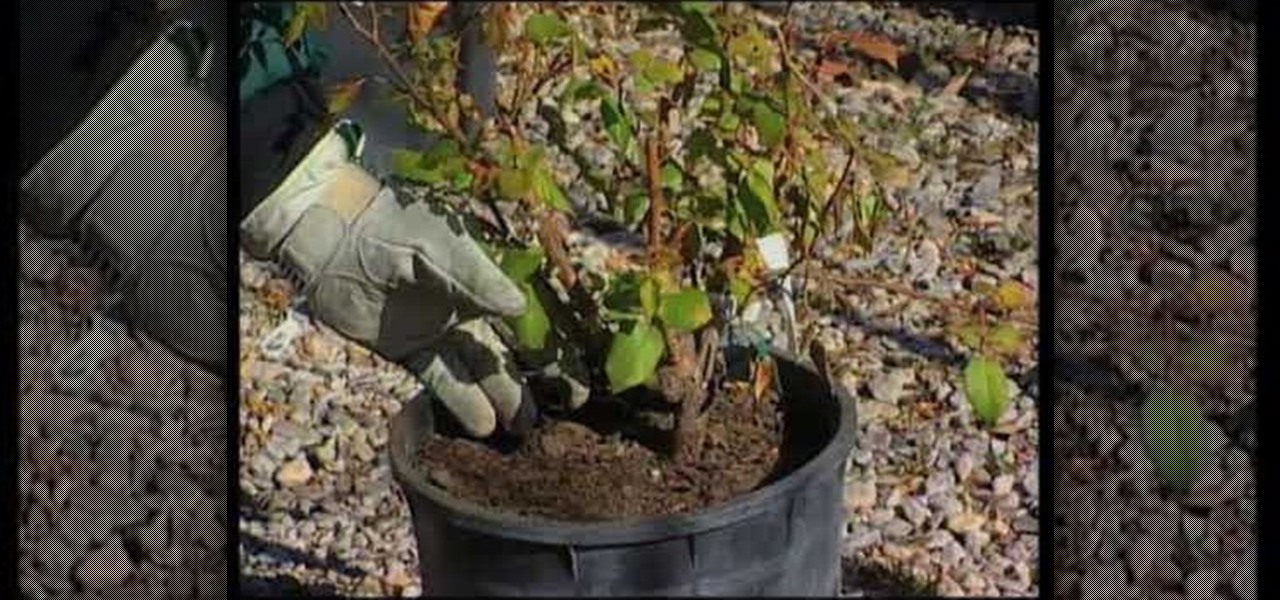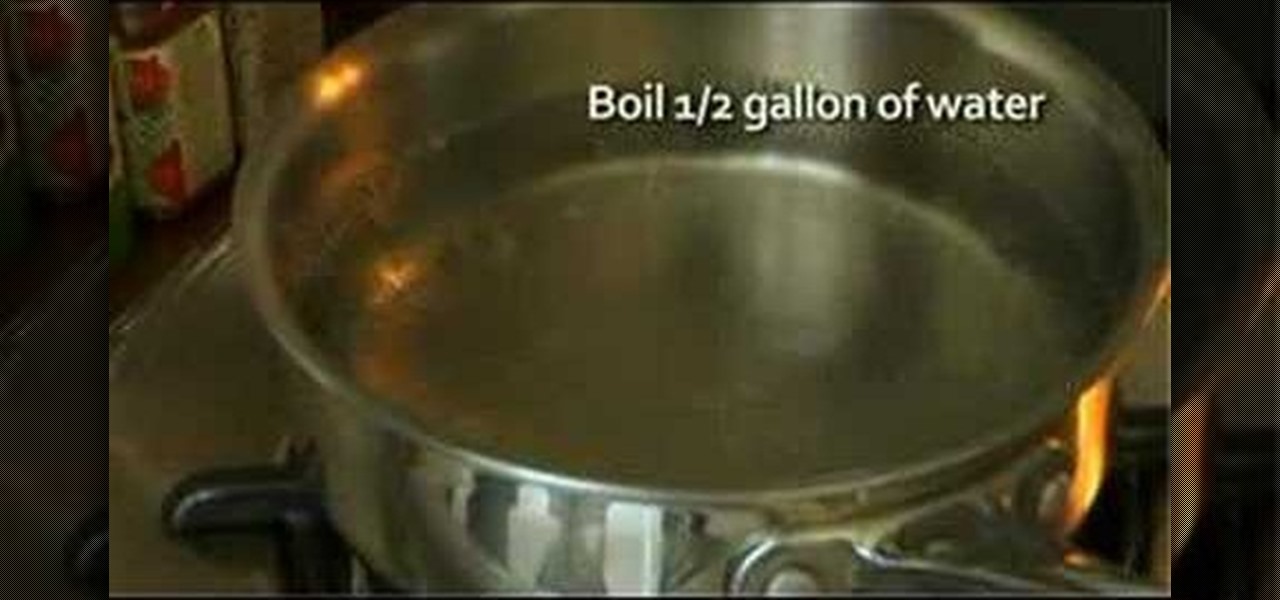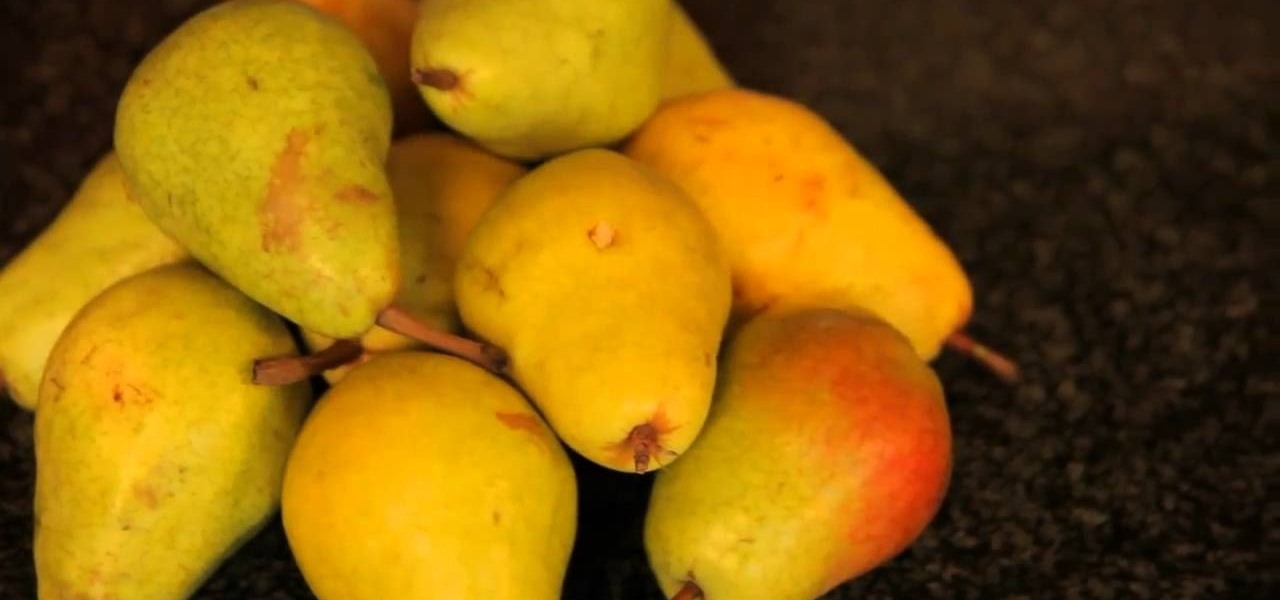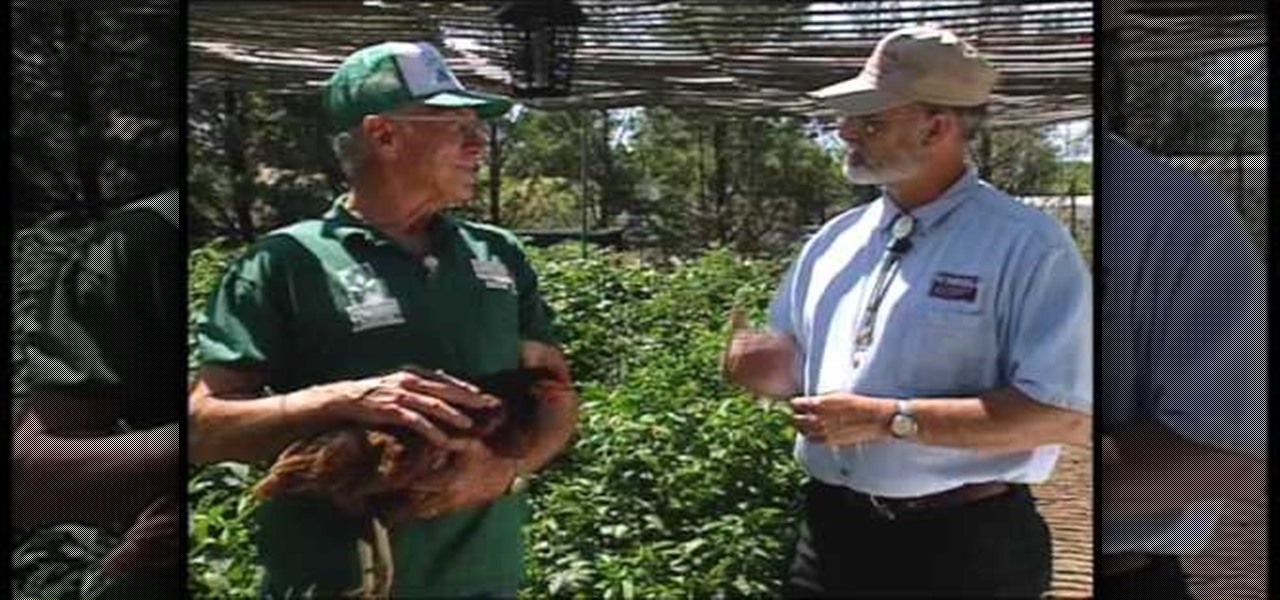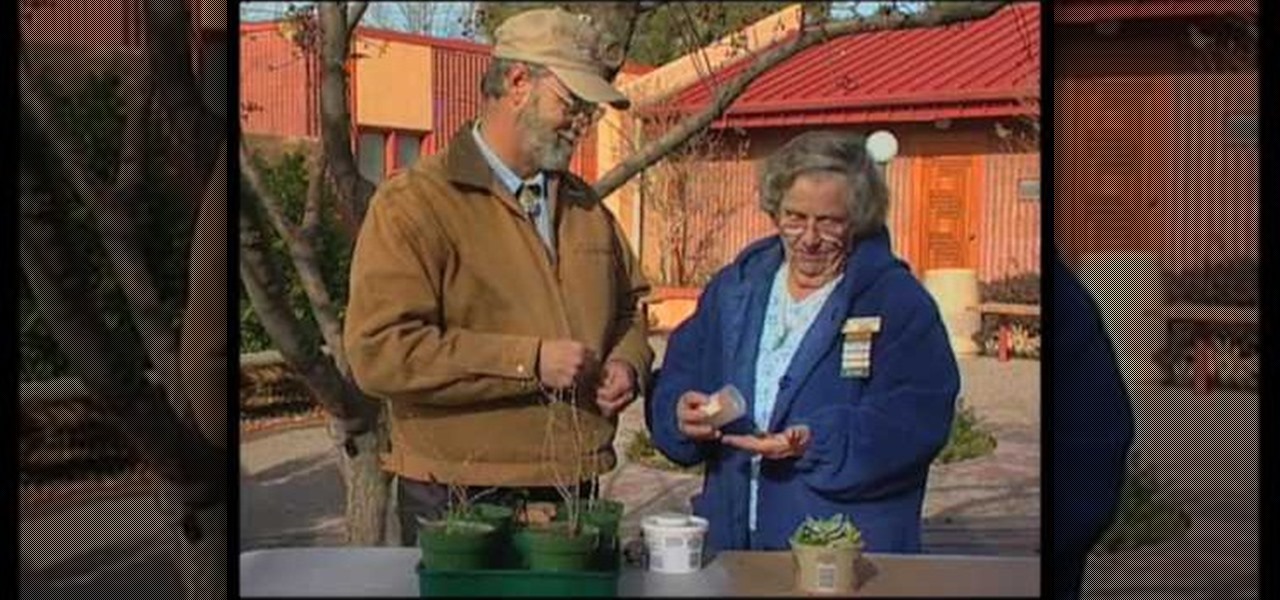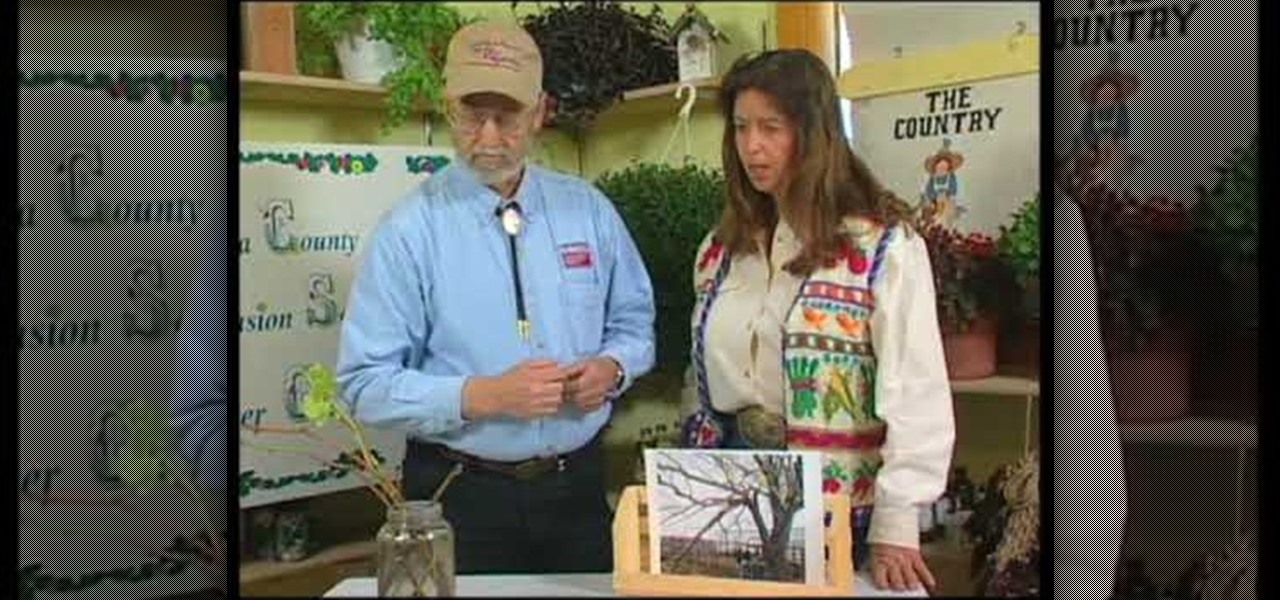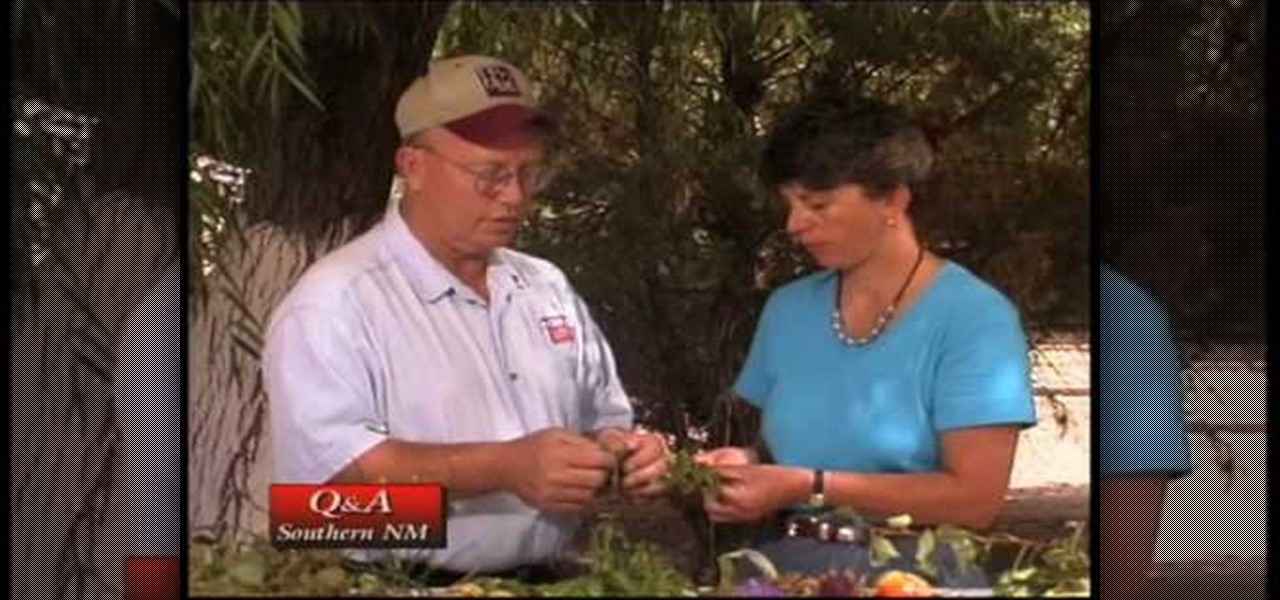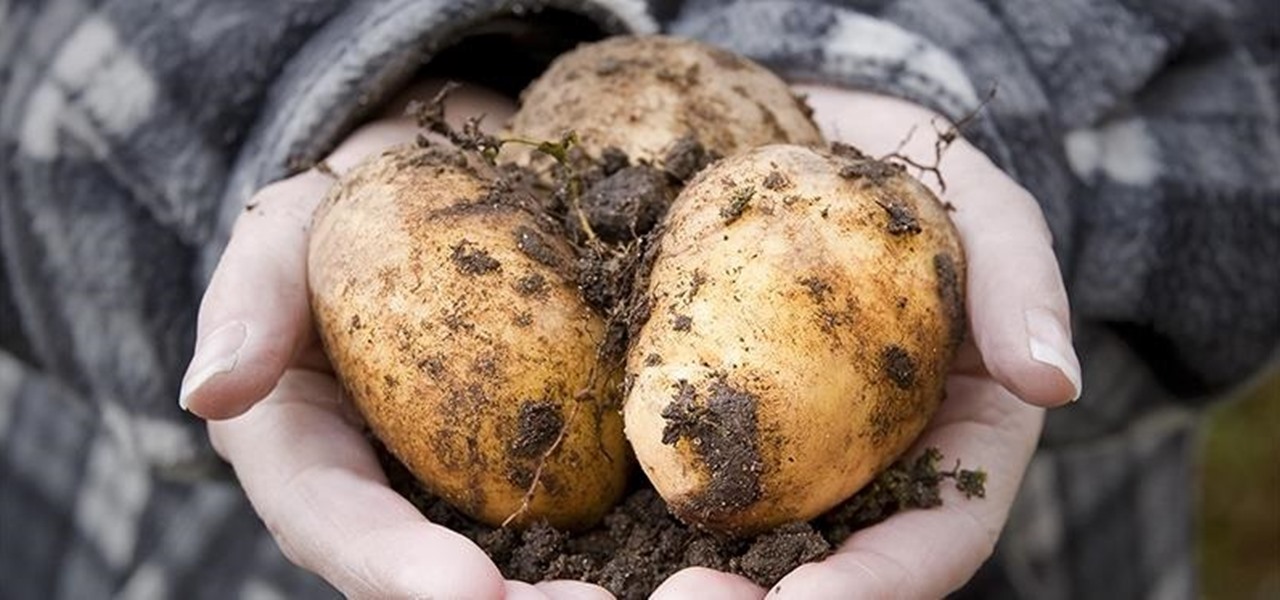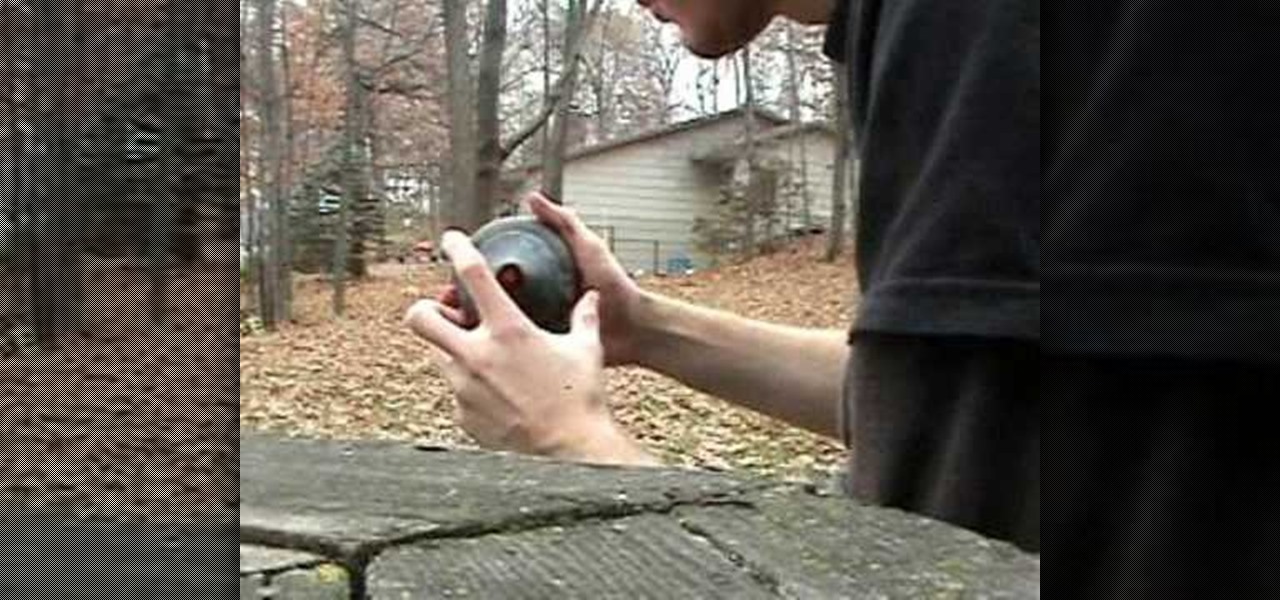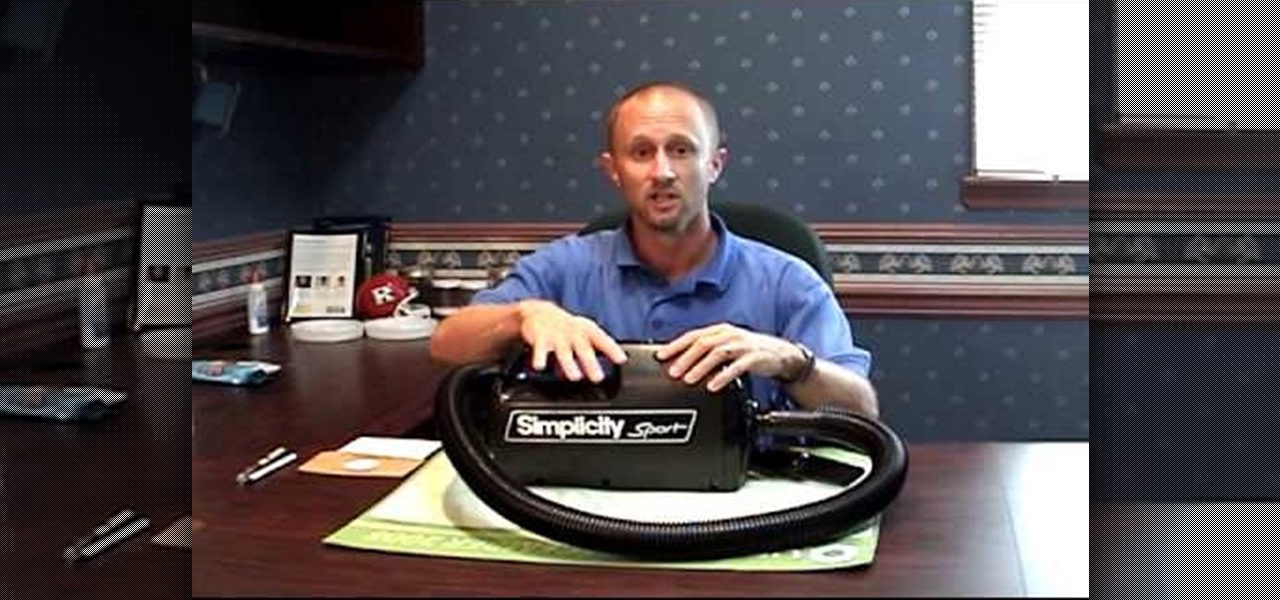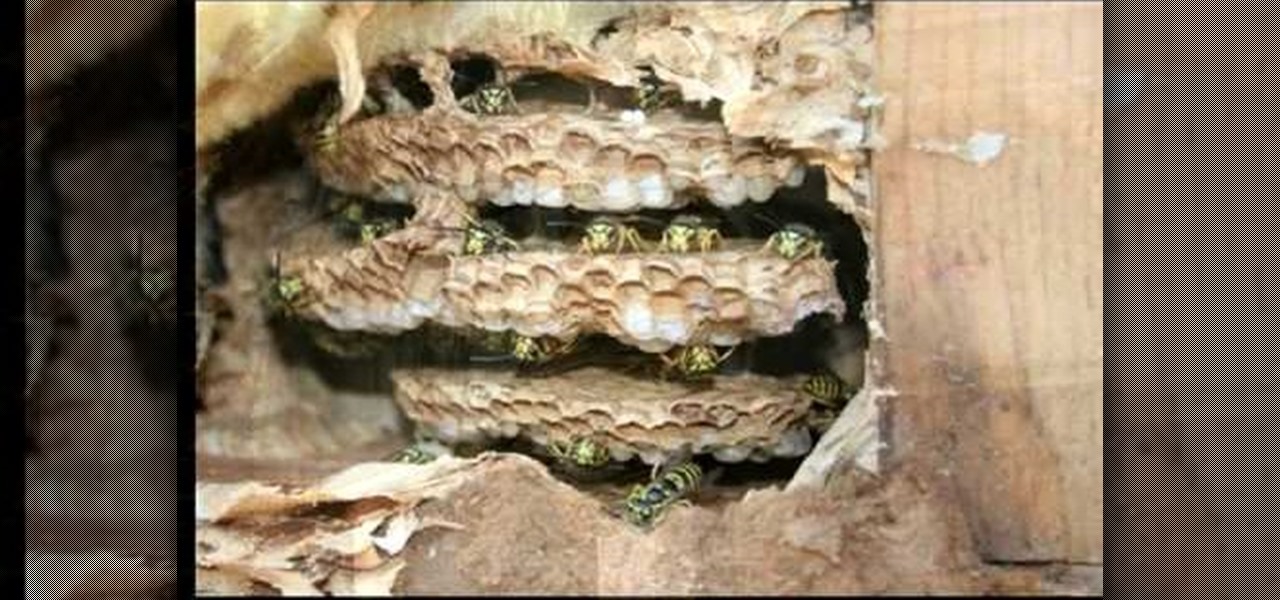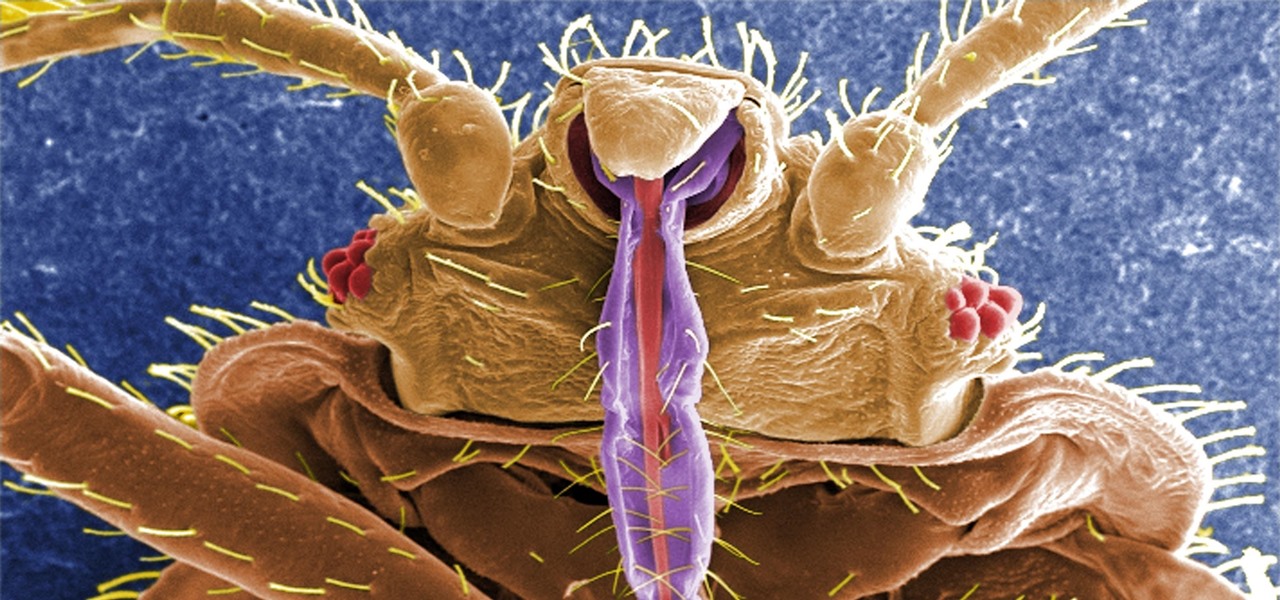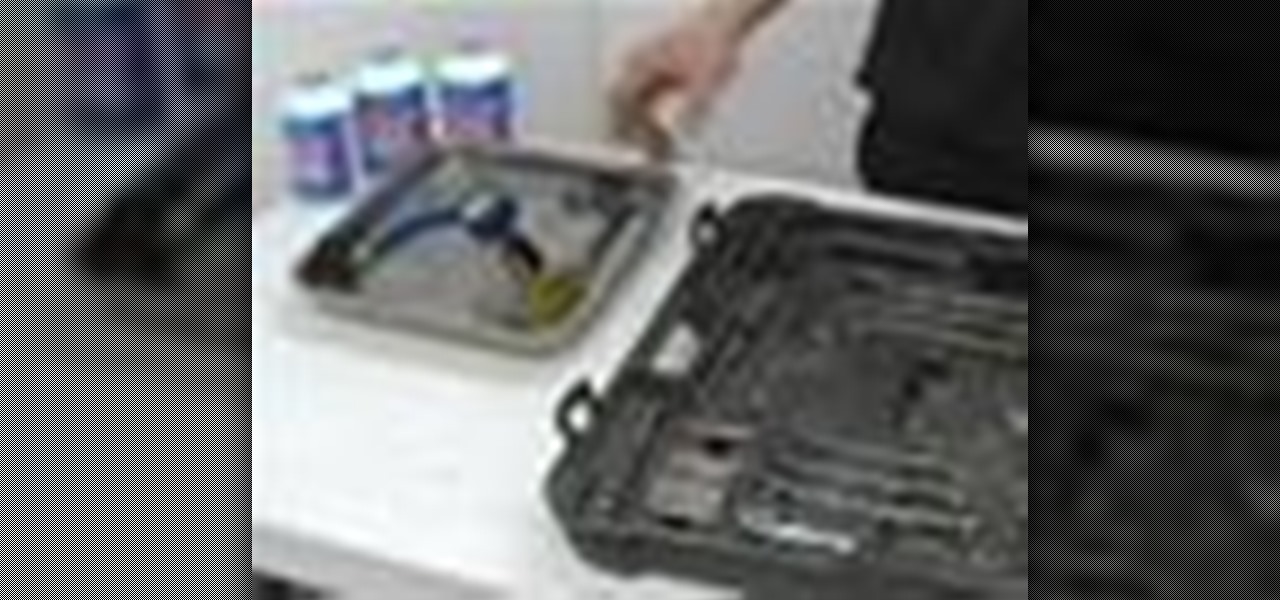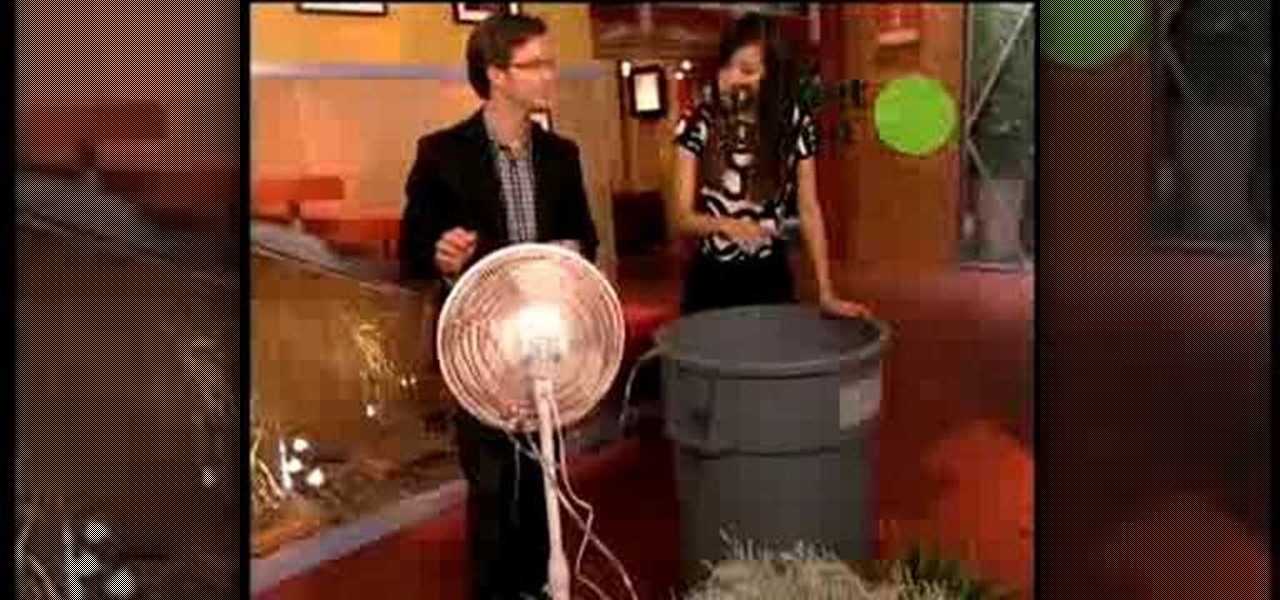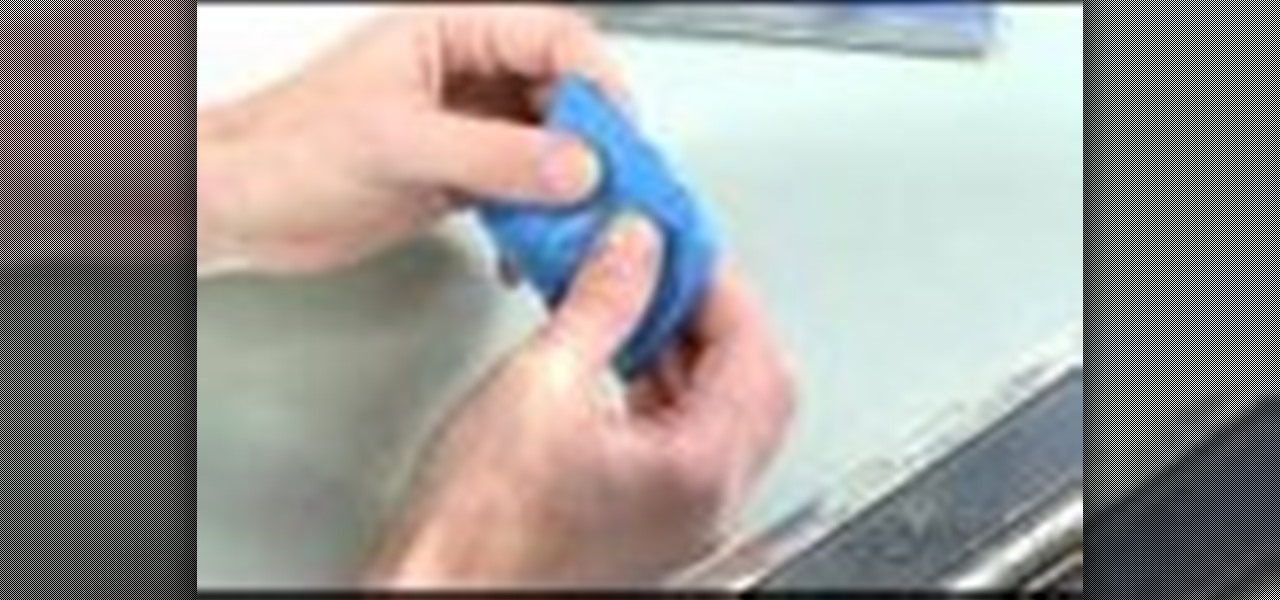
In this Home & Garden video tutorial you will learn about Phantom Insecticide for bed bug control. You cannot buy this pesticide over the counter. You will need a license to purchase this. It is very effective in bed bug control. While evaluating a pest control company, check out whether they use this pesticide. It can take seven to fourteen days to kill a bug after it is exposed to this pesticide. So, if you are bitten by a bed bug after applying the pesticide, don't think that it is not wor...

This video explains how to identify problems with the peach tree borer. The video begins with a peach tree shown with bore issues below the dirt line on the trunk. The instructor then explains that most of the pesticides used for this problem are no longer available and that most people have turned to more organic pesticides to solve the problem. The video then explains that you must first clean all the bore and dirt away before trying to apply pesticides to the tree. After the bore holes hav...

Pesticide residues remain in most fruits and vegetables, even after being washed with detergents. Pesticide residues are not removed normally from fruits and vegetables, even after washing. The reason? Pesticides are oil-based, and as we know, oil and water do not mix. Oil is usually not removed by water, certainly not tap water, which introduces other problems. The solution is to use a special kind of water called Kangen Water. Fred Brown, Vegas Buzz Featured Columnist and water expert, give...
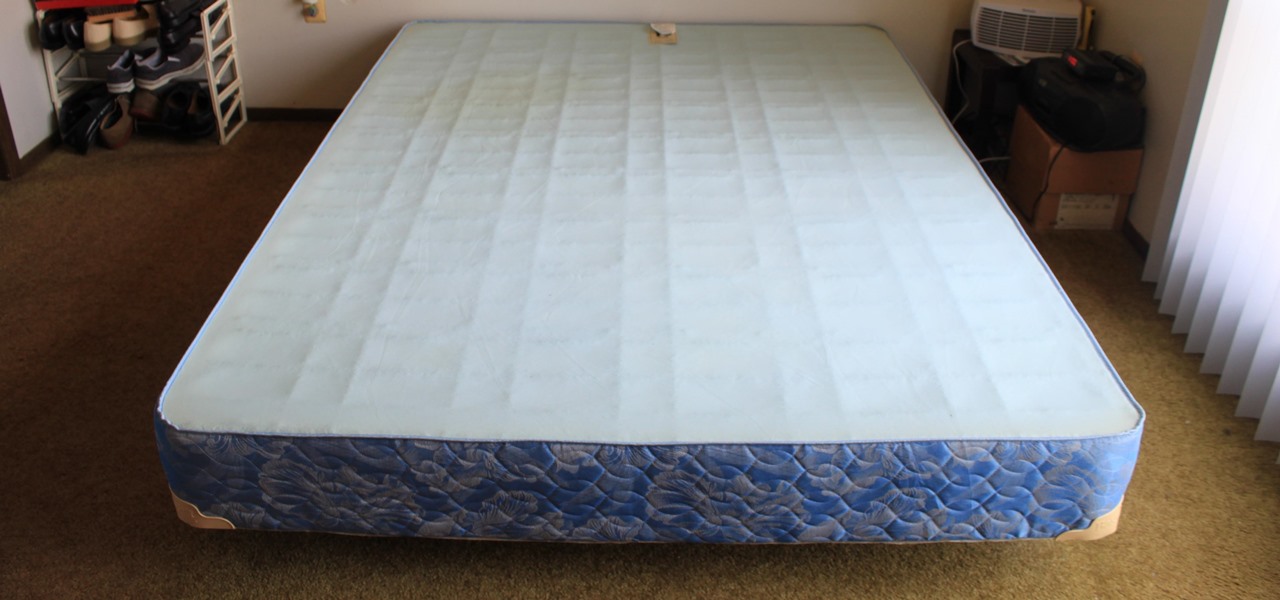
Bed bugs are parasites not yet known to spread disease — but they cause plenty of irritation. As scientists and landlords search for new ways to deal with the pests, a new study examines how we can deter bed bugs without so many chemicals.
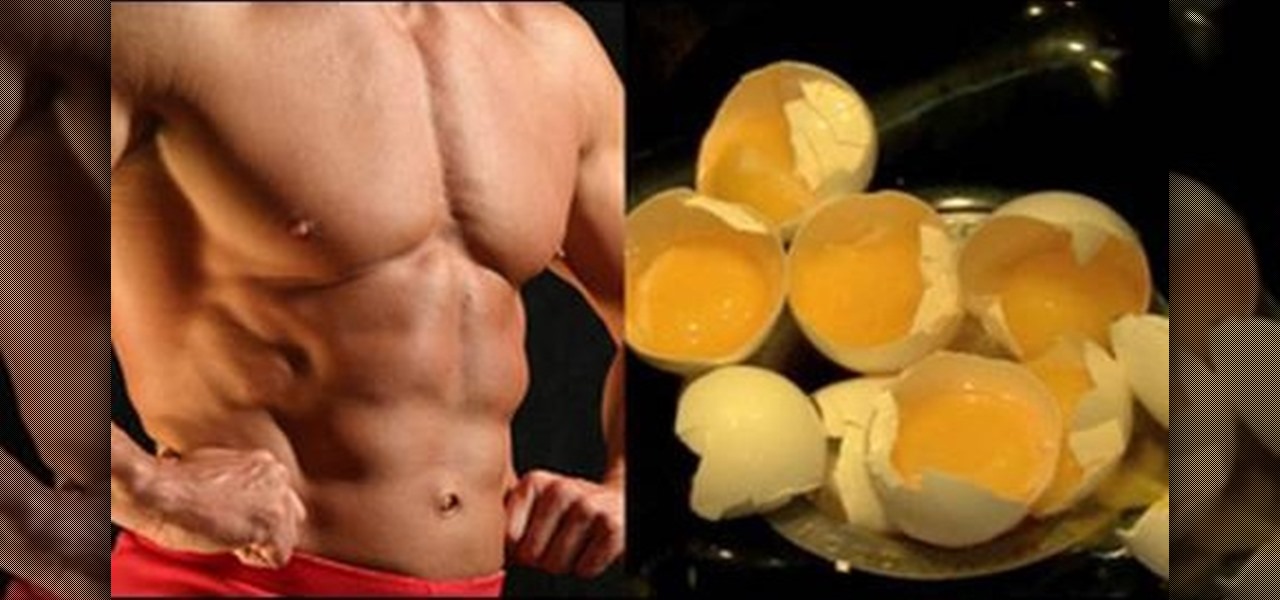
Yolks may be your favorite part of an egg, but that doesn't mean they're healthy! If you're truly committed to eating better and living healthier, then watch this video to see why you should toss egg yolks out and how to live healthier.
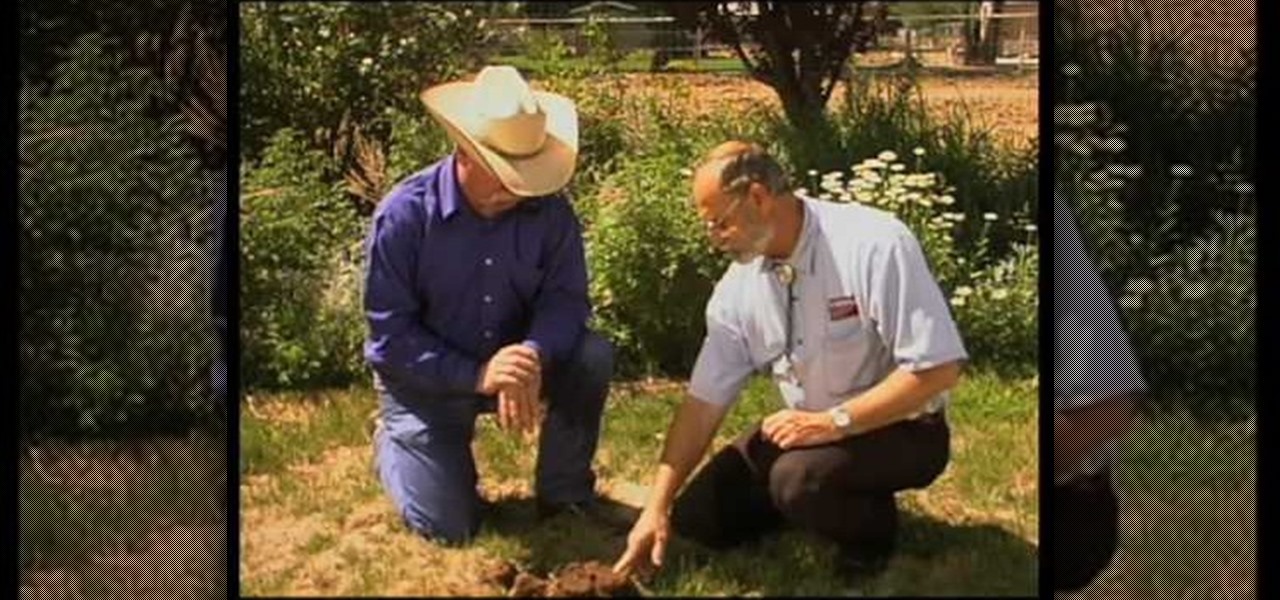
This video gives you tips on how to treat Lawn Grubs. The infestation of grubs is fairly easy to detect. The grass will die off in patches. The grubs will be visible. There are about 8 different species of white grubs that can infest your lawn.

Slugs are one of the most destructive forces of nature that can infiltrate your garden. Chemical pesticides and slug pellets make eliminating them simple, but they are expensive, dangerous, and unnatural. Fortunately, this video is here to explain an easy way to get rid of slugs in a container garden using only a little bit of vigilence and salt. Warning: do not try salting your soil garden! You will kill it!

The search for the causative agent of colony collapse—the mass die off of honey bees throughout the US and Europe—has escalated with increasing confusion lately. Everything from pesticides and stress to viruses and mites have been implicated, and some researchers think that many of these environmental factors work together to take down hives.

Most people are familiar with the decline of honeybee colonies around the world. Among other threats, Colony Collapse Disorder (CCD) is eroding the capability of honeybees to maintain their hives and provide their services to human farmers.

Jeff White from Bedbug Central TV says that bombing and fumigation are two different techniques which are quite often considered to be the same even by pest Control technicians are used to control and kill bed bugs

Tired of having carpet beetles? And no, we're not talking lady bugs! Check out this video for a tutorial on how to rid of them once and for all!

By connecting the dots between theory and real-life effect, two new studies offer more proof that neonicotinoid insecticides are causing extensive damage to honeybee colonies.

In this how-to video, you'll learn how to get rid of spiders without resorting to harmful chemicals or pesticides. It's easy enough. Just vacuum them up, remove the cobwebs when you see them, and use eucalyptus and hedge apples. This will force them out.

In this video tutorial, you'll find step-by-step instructions on how to remove an unwanted rose, or any other unwanted plant, without digging it out of the ground and without the use of pesticides. For full instructions, watch this garden how-to.

Protect yourself from Lyme disease without exposing yourself to a lot of pesticides. This how-to video will show you how you can get rid of those ticks before they even bite you.

Who wants to inhale pesticides when you flip burgers in the backyard? When creating an eco-friendly garden, it is fairly easy to avoid.

Tony Antonucci shows Dave how to use "beneficial bugs" to consume harmful bugs that may be feeding on your houseplants. This is a great alternative to pesticides!

John White, a Doña Ana County Extension Agent, highlights a new section on the show - a monthly checklist for the garden. This time, he talks about what to do in your garden in the month of February. The checklist includes planting dormant plants, pruning with a purpose and applying herbicides and pesticides. He shows us various types of dormant plants that can be purchased from nurseries in February for planting such as potted, bare-root or root-balled plants wrapped in burlap. As for prunin...

Many commonly used pesticides are harmful to your family and the environment. Watch this video on how to create a natural weed killer for a greener, weed-free home.

Want to have the freedom to nom on a piece of fruit straight from the tree without having to worry about cancer-causing pesticides and other antibacterial agents going into your belly? Then growing your own fruit may just be the answer.

Curtis Smith provides information on how to use chickens to control garden pests. Using chickens keeps the use of pesticides to a minimum and keeps plants healthier. In the organic garden, chickens are used because they'll eat any insect as well. The process is known as Integrated Pest Management, Curtis explains that its basically knowing your pest. It also reduces the amount of feed that has to be purchased for the chickens because they're eating the insects in the garden. It also controls ...

This is a great way to learn how to upgrade your small house plants into bigger ones. Start over plants once a year. Put rocks on the bottom for drainage. Bugs help your plants to grow. Do not use Pesticides on your house plants. Water weekly. Compost bins make great soil. Sweet potatoes that have roots growing off of them put in a glass of water and wait for them to grow roots. Give you plants at least six hours of sunlight daily. They also like when you talk to them and touch them you can c...

This video illustrate us how to deal with broken tree branches and problems with grapes. Here are the following steps:Step 1: First of all clean the broken branch with water.Step 2; Now apply some tree primer or tree paint on the exposed area for quick healing and to prevent any infection.Step 3: To deal with problems in grapes first of all look for any infection on the leaf, stalk or the fruit.Step 4: If in case there is some infection ,identify the problem and sprinkle the pesticide for tha...

This video illustrate us how to identify problems with the rubber plant and the pomegranate. Here are the following steps:Step 1:First of all look whether both the plant leaves are in right shape that is they are not deformed, in case if it is then look for any bacterial or fungal infection.Step 2: Look whether there is any yellowing of the leaves. If so this may be due to over watering.Step 3: Look for whether there in any latex blocking in the rubber plant, if so then remove it or latex won...

Most people give their fruits and veggies a cursory rinse under the faucet before eating or cooking them, but is that few seconds under running water really enough to remove any remaining dirt, pesticides, or wax clinging to the surface?

In this video, we learn how to make a cheap and realistic blood splatter. After you have made your blood, you will need to make sure it's the right color you need for blood. Now, take Kleenex and rip it into five different parts. Then, stick these into a tube and grab a pesticide sprayer. After this, stick the blood into the bucket for the sprayer. Now, when you shoot the blood splatter the Kleenex tissue will turn the color of the blood and look like brains or parts of the body that have bee...

You can use a vacuum to help with bed bug management and control. Some bed bugs are tolerant and resistant to pesticides. So, spraying alone may not be a solution for you. In this case, a vacuum is a good tool. A vacuum alone will not solve all of the infestation problems. Vacuums aren't able to pull up all of the eggs on furniture.

In this video, we learn how to control flies around your home with Rick Steinel. The common house fly can be found everywhere in the house and are full of disgusting germs. We can now make a type of liquid that attracts flies and kills them. These are safe for humans so it won't hurt your home or you. This liquid can also be placed inside of a container which will collect the flies outside, before they have a chance to enter your home. They are also very easy to install and it's very easy ins...

Rick Steinau with Ask the Exterminator demonstrates how to prevent yellow jackets from nesting in your home's walls. In mid to late summer yellow jacket populations increase. Yellow jackets can find spaces in the veneer or in cracks in bricks or siding. You can hear scratching noises in your walls as the wasps move. Observe wasp activity late in the day when they return to their nest for the night. Treat reachable holes with pesticide dust and a bellows. Leave the hole open to let the wasps f...

In a wilderness survival situation, someone in your group suffering a major laceration is a catastrophe. Achieving sterility and suturing the wound closed will both be very difficult to achieve. This four-part video series features a detailed explanation and demonstration of how to use a basic first aid kit to suture a wound closed in an austere situation, such as out in the wilderness. Suturing a wound closed in an austere setting is a last resort, but knowing how to do it could keep you or ...

If you have encountered bed bugs lately, you are not alone. While the pesticides used to fight these pests are losing effectiveness, a fungus shows promise in knocking the bugs out of beds everywhere.

Wondering how to most effectively combine ice cubes and a simple USB-powered computer fan into a fully functioning air conditioning system? In this video tutorial, you'll learn how to hack a coffee can and USB-powered fan into a simple, but effective, air conditioning unit. For detailed instructions on hacking together your own tin-can AC unit, watch this über-short how-to.

Keep cool when driving around in the summer time. Learn how to change the air conditioning compressor in your 1996 Ford Explorer in this free auto repair video from a master mechanic..

Golf is a great game that involves technique, skill, power and mental toughness. Learn to improve you golf game in rough wind conditions with tips from a professional golfer instructor in this free video series.

Increase speed and strength during the football offseason with conditioning exercises. Learn how to do renegade rows, the superman, dumbbell presses, and more with this free video series about football exercises.

Fans do a pretty good job of cooling you down in the summer but sometimes only an air conditioning can do the job right. In this tutorial, SuChin Pak and Daniel Sieberg demonstrate how to make a homemade air conditioning system with a fan, coil and ice water. Save the environment while staying cool in the summer with this DIY air conditioning.

Art Jewelry Magazine associate editor Jill Erickson shows you a couple of ways to condition polymer clay. Conditioning, or kneading, is essential to drive out air bubbles and to better prepare clay for molding. Learn how to condition or knead polymer clay before molding or sculpting by watching this video jewelry-making tutorial.

Learn how to find dry materials in wet conditions and successfully build a fire in a wilderness survival situation. This is a Two part video, be sure to click on Chapter Two for the entire wilderness tutorial.

Great news if you're looking to upgrade to either the S10e, S10, or S10+. Samsung has a trade-in program that's offering potentially massive discounts of up to $550 if you preorder one of their flagships right now — but only for certain phones.

Every skin condition requires a different skin treatment. Learn how to treat different skin conditions in this free skin care video from a licensed medical aesthetician.








